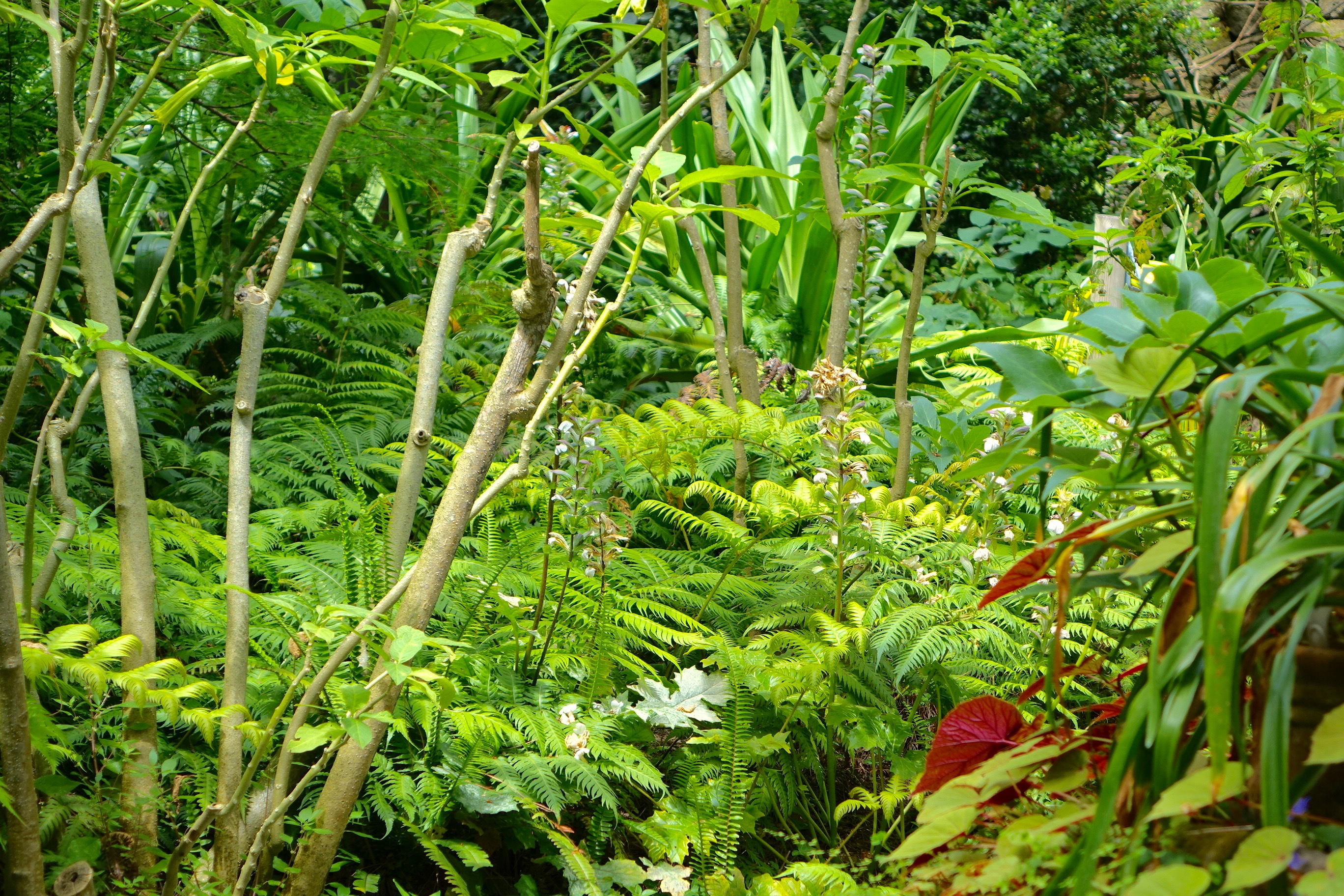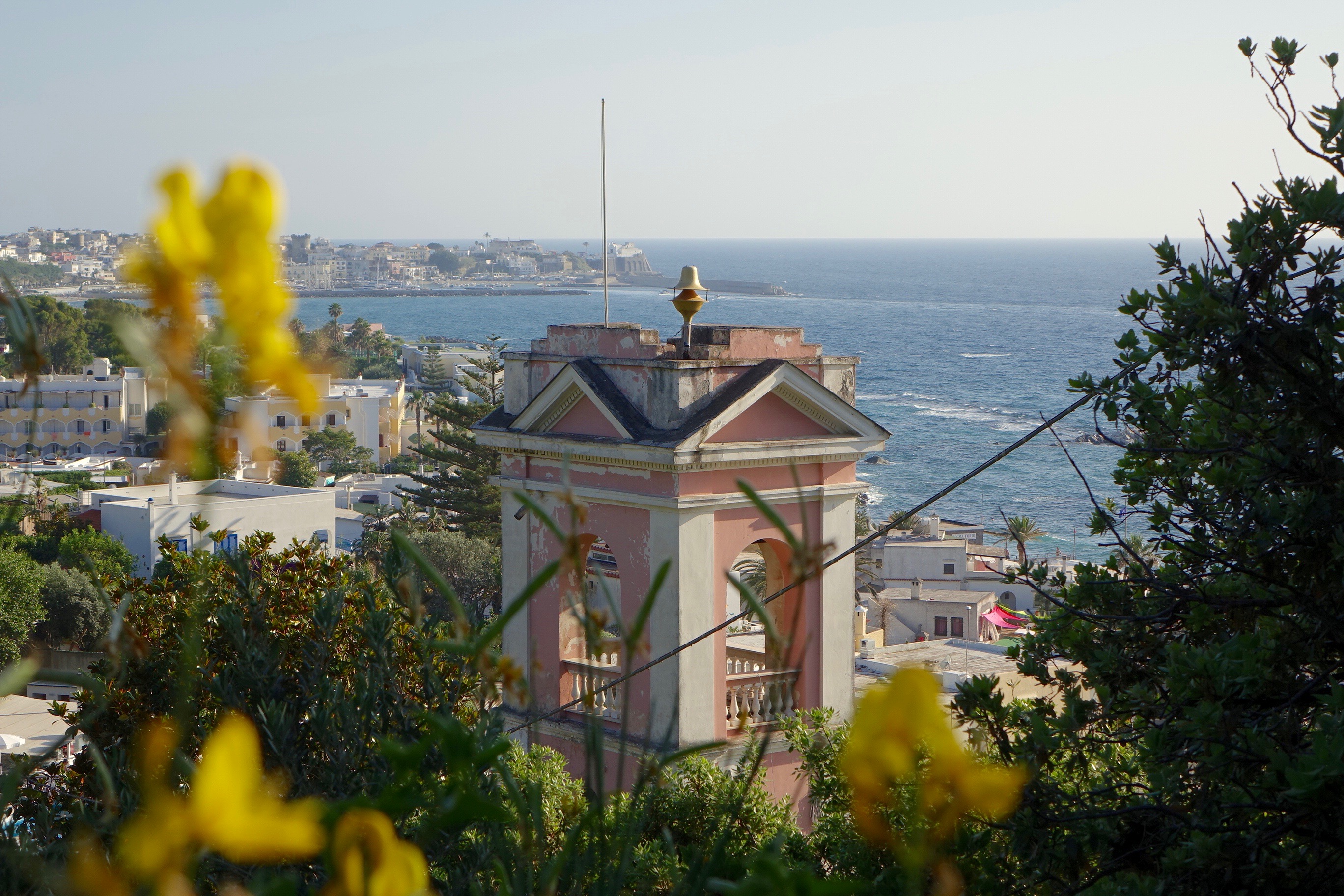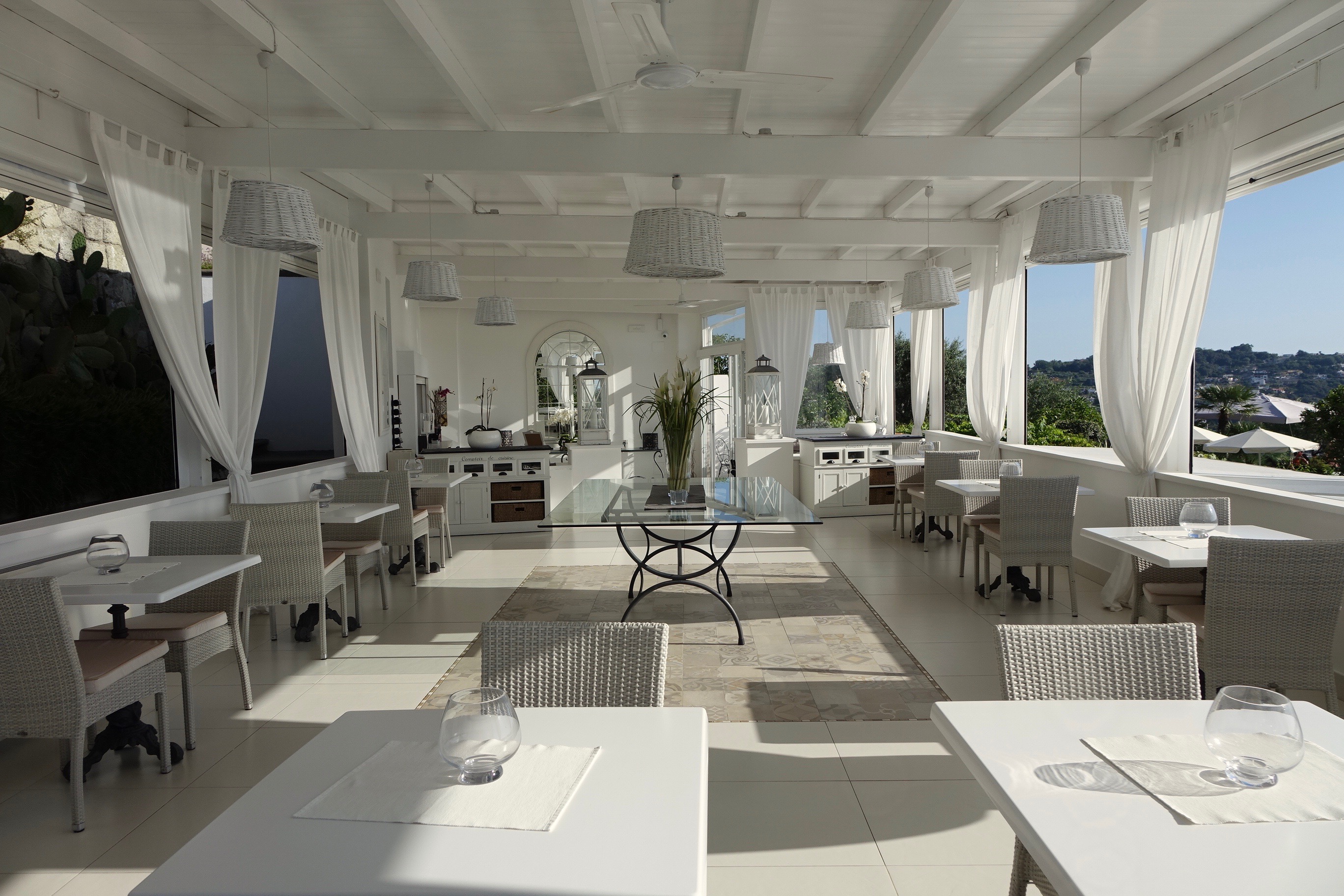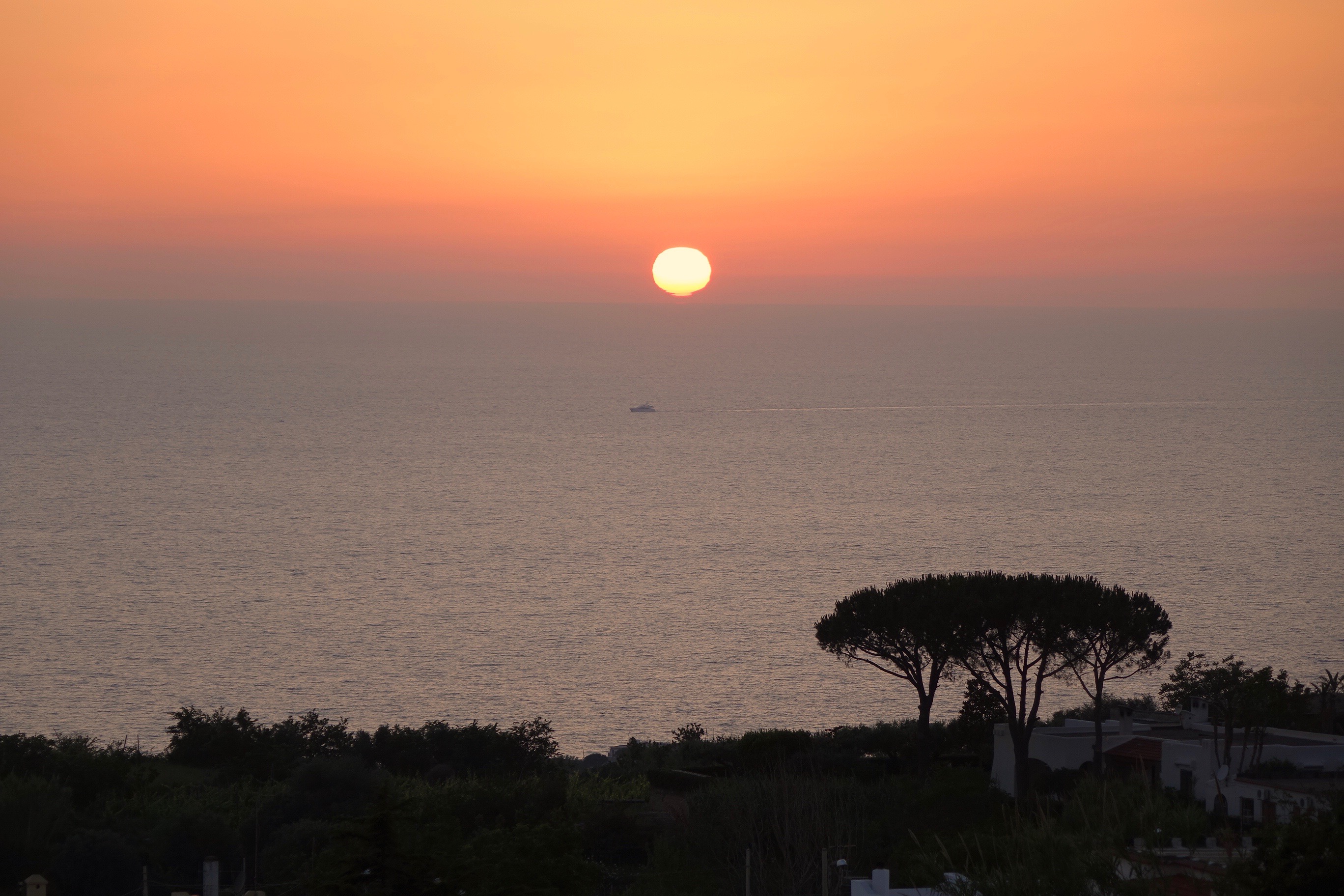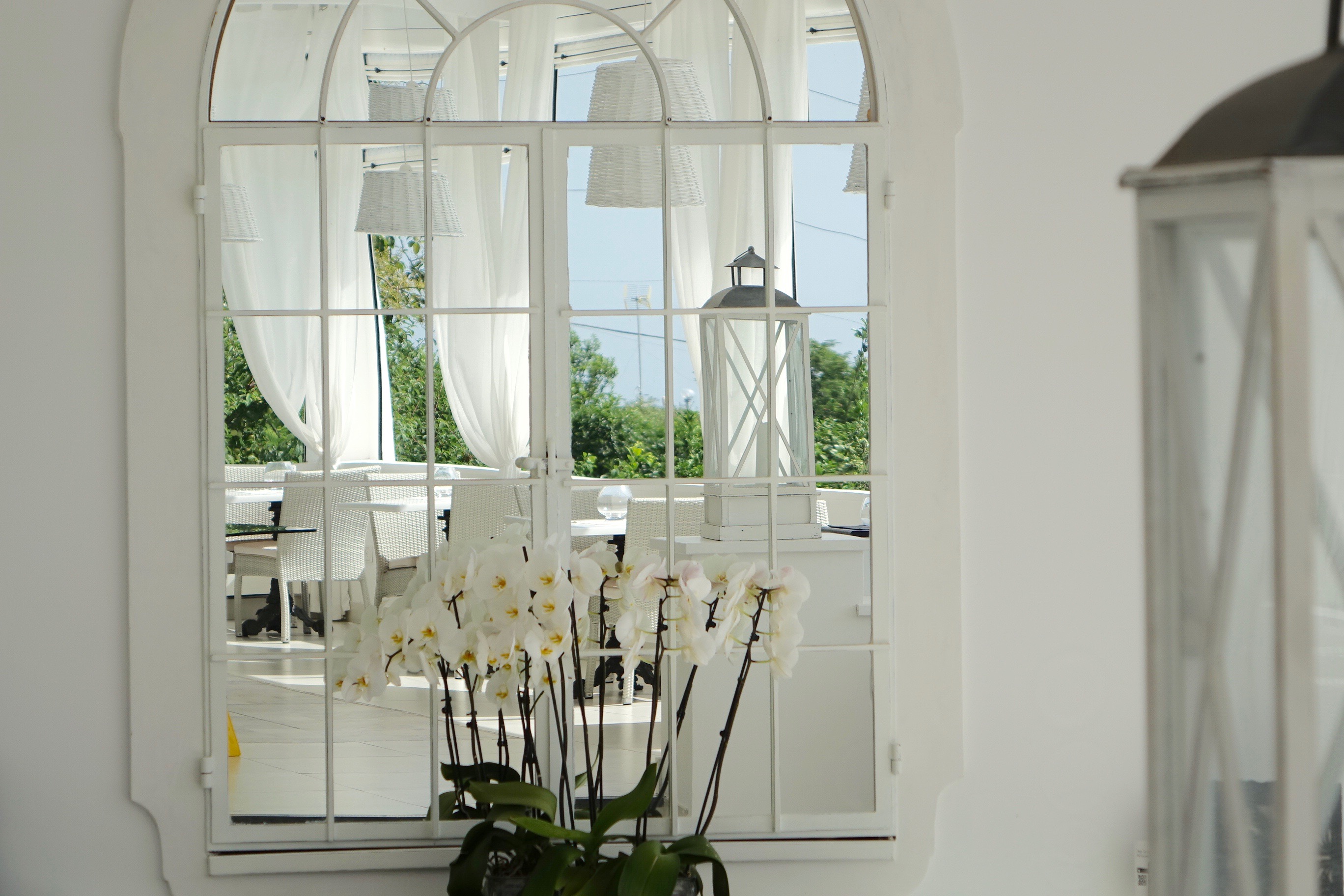From Napoli to Capri, Part 7: Ischia Ponte
Of course, we had to leave the paradisaical grounds of the Tenuta del Antico Poggio eventually, and when we did, we crossed the island, from the vicinity of Forio to the island’s capital town, which combines the dual districts of Ischia Porto and Ischia Ponte. While the former is the main gateway to island visitors coming by boat from Naples, Sorrento and Capri, the latter represents the true historical heart of the island, and is characterised by the sight of its most iconic landmark: the Castello Aragonese.
When we arrived in Ischia Ponte, part modern metropolis; part charming old town, the whole place already felt familiar. It was here that scenes of the house of Dickie Greenleaf were filmed in Minghella’s 1999 thriller, The Talented Mr Ripley, and where Jude Law and Gwyneth Paltrow reclined back on beach loungers with the imposing silhouette of the Castello Aragonese on the sea’s horizon. It was also here that Elizabeth Taylor and Richard Burton filmed some of the ultimate scenes of the great epic Cleopatra. And today, it was to be the backdrop of another enthralling scene from the life of…Me.
Setting the scene… the streets of Ischia Ponte








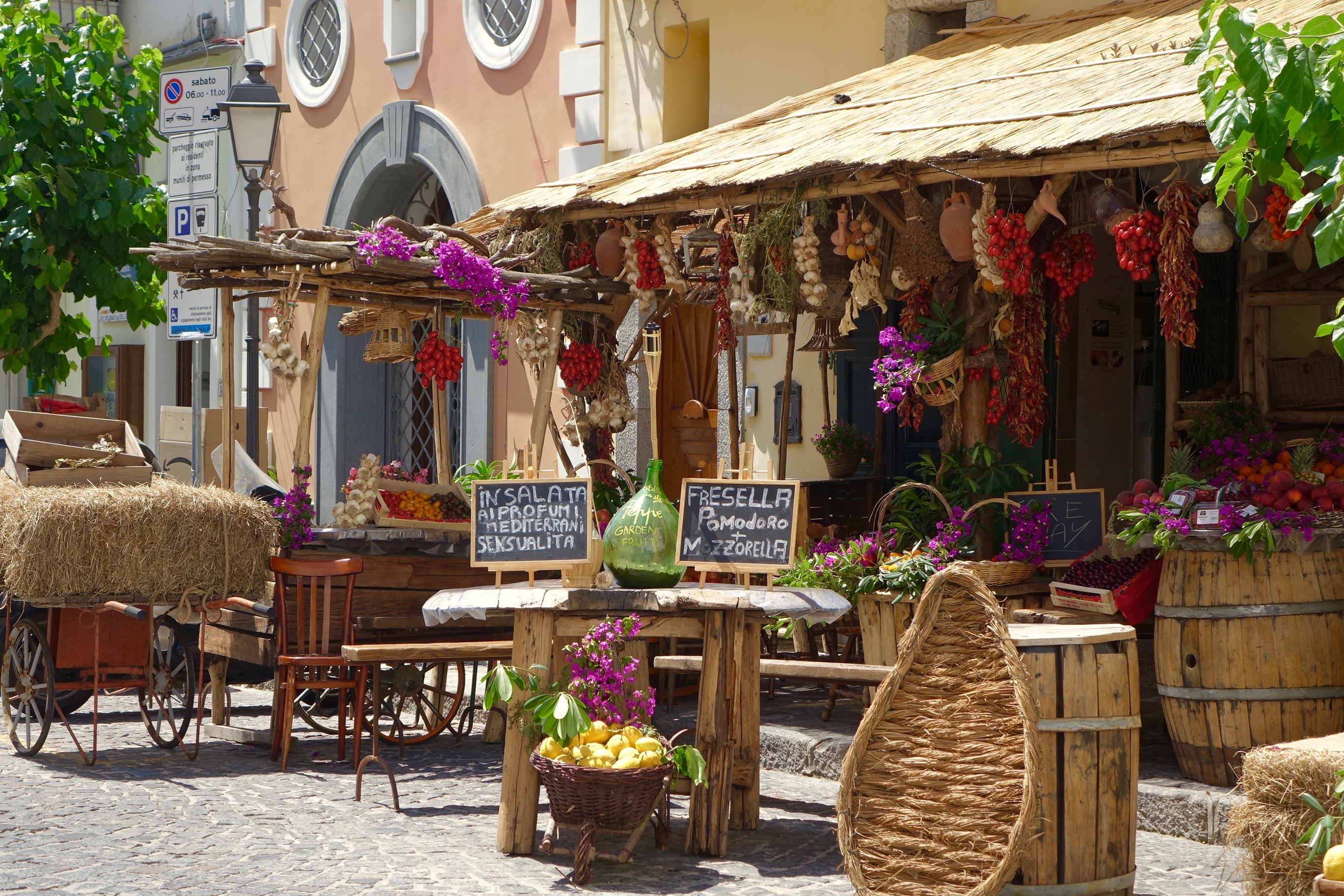



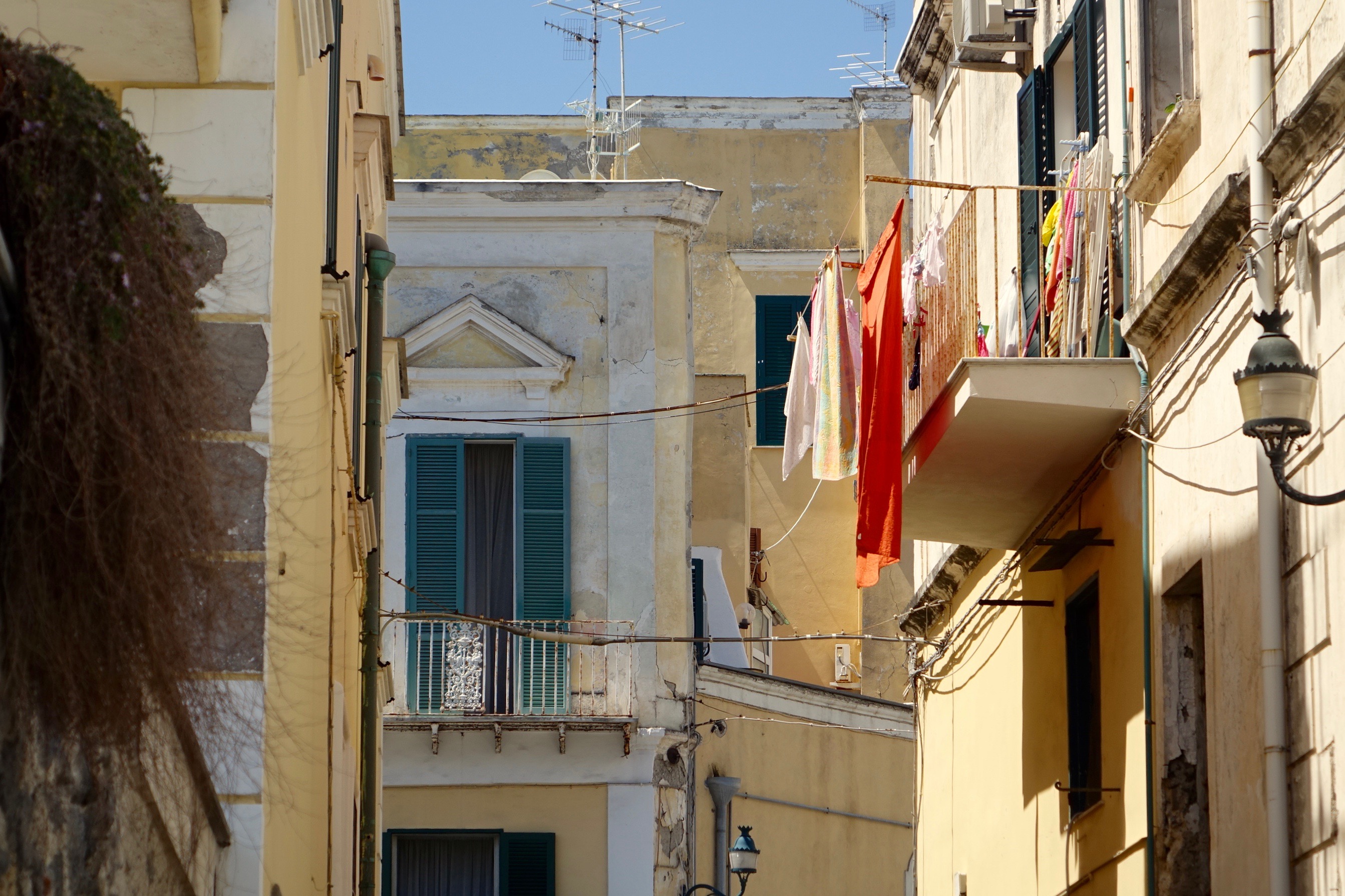


That scene was set, and it carried all the dramatics of a film set, as our stroll through narrow lanes packed tight with pastel coloured fishermen’s houses gave way onto the imposing silhouette of the Castello. Its imposing mass drew us ever closer, as we traversed the narrow causeway which links this ancient rocky mass to the main volcanic island. Once in, a rather tightly packed elevator ride shot us at speed up through the rocky interior and out onto the most splendid terrace alongside the old monastery. The views, back out to Ischia and across the island and Cartaromana Bay were quite impossibly stunning, as likewise was the little shady garden cafe immediately alongside it. There, we happily bedded down with a limoncello spritz for a lunch of sensationally sweet tomato bruschettas, a very Italian coffee cake, and that view as an accompaniment to all courses.
The Castello, the view, the cafe and those exquisite tomatoes…







Once up in the fortress of the Castello, we could start appreciating its history, and with structures dating back to the first recorded Syracuse manifestation in 474 BC, it certainly has plenty of that. Over the centuries the islet has passed through many hands, and its occupiers (including the Romans, Visigoths, Vandals, Arabs, Normans and Angevins) all left their mark on the structures. It also became a citadel in its own right after an eruption of Ischia’s Monte Epomeo in 1301 forced local inhabitants off the main island. Since then, the Spanish, British and French made further occupations. Today’s mix of hotel, tourist sites and private ownership feels pretty unglamorous by comparison.
Fortess features…






The thing that struck us about the Castello Aragonese was not just what it could offer historically, but the surprising beauty which sprung up all over the islet in the form of incredibly lush gardens, little vineyards, orchards, cafe’s, art galleries and even a top-notch restaurant. And of course at every turn the views that could be admired were simply ravishing, not least as we walked away from Ischia and overlooked a Bay of Naples which included views of Vesuvius, the Sorrento Peninsula, and our beloved Capri which we would reach a few days hence.
Those impossibly enticing gardens










We spent many hours on the Castello Aragonese. It’s historical embrace and its garden beauty ensnared us, and we could have remained even longer. It meant we had scant time left to admire the winding streets of Ischia Ponte, and still less the sleepy streets of Ischia Porto. But then again, it’s always good to have something saved for next time…

© Nicholas de Lacy-Brown and The Daily Norm, 2019. Unauthorised use and/or duplication of the material, whether written work, photography or artwork, included within The Daily Norm without express and written permission from The Daily Norm’s author and/or owner is strictly prohibited.







